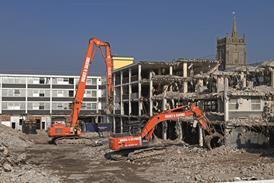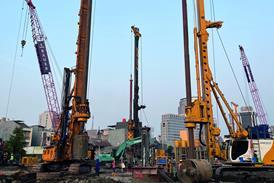- News

All the latest updates on building safety reformRegulations latest
- Focus
Margins of error – how to work with an AI system that is not always right
By Thomas Lane2023-05-16T06:00:00

In the second part of our series looking at AI in construction, Thomas Lane examines the downsides of artificial intelligence
The apparent brilliance and promise offered by GPT-4, DALL-E2 and others is counterbalanced by major flaws which could severely limit their usefulness. Wrong responses to a prompt, or “hallucinations” in the jargon, are a major problem because these cast doubt on all of the information provided by the system.
‚ÄúThe answers you get back [from a ML system] are 80% correct, but 20% can be very wrong,‚Äù says Martha Tsigkari, the head of Foster + Partners‚Äô applied R&D team and a ∫⁄∂¥…Á«¯ the Future commissioner. ‚ÄúThere is a lot of danger with that 80% because you cannot have a sense of comfort that this is right as the information you get back might be completely misleading with that 20% of error.‚Äù
The problem is that much of the data used by large language models is sourced from the internet, which is awash with misinformation and false narratives. This not only means the information produced by these models can be spectacularly wrong; it can also be politically biased and racist.
…
This is PREMIUM content, available to subscribers only
You are not currently logged in. Subscribers may LOGIN here.
to access this story

A subscription will provide access to the latest industry news, expert analysis & comment from industry leaders, data and research - including our popular annual league tables. You will receive:
- Print/digital issues delivered to your door/inbox
- Unlimited access to building.co.uk including our archive
- Print/digital supplements
- Newsletters - unlimited access to the stories behind the headlines
now
Get access to premium content
Site powered by















